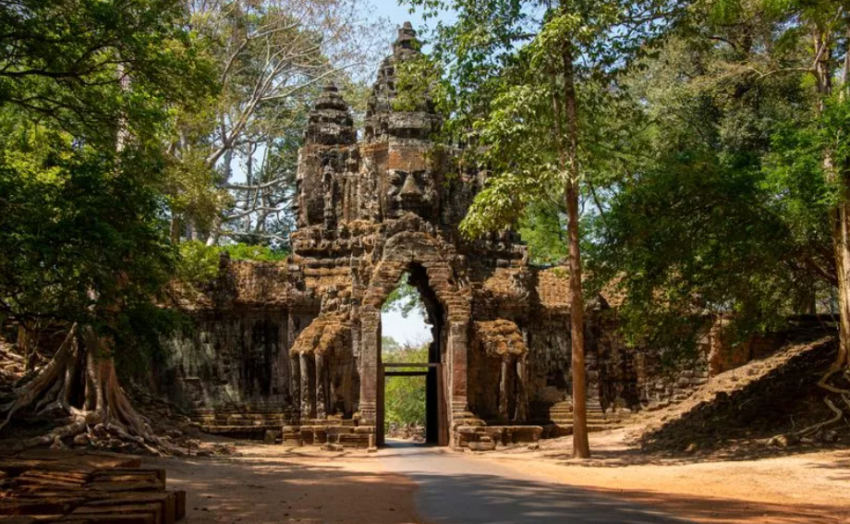The long lost city of Mahendraparvata, said to have been the first capital of the ancient Khmer Empire, was found by experts using cutting-edge laser technology.
An ancient city that experts spent years searching for was uncovered in a jungle in northwest Cambodia. Mahendraparvata, which translates as “Mountain of Indra (City of Gods),” was supposed to have been the initial capital of the Khmer Empire and was a vibrant metropolis more than a thousand years ago. (Indra is a Hindu god).
After decades of search efforts, scientists had even disagreed on the best place to look for the remains of this enigmatic site. Until a pioneering expedition in 2019 unearthed a treasure trove of information about this hidden city, which is nearly 300 years older than the Angkor Wat structure.
Analysis of the discovery in Phnom Kulen National Park, Mahendraparvata was established in 802 AD, when Khmer prince Jayavarman II was consecrated.
The discovery’s employment of cutting-edge Lidar (light detection and ranging) laser-scanning techniques to determine the city’s location—40 kilometers north of Angkor Wat, the greatest temple in the world—was a defining aspect.
Archaeologist Jean Baptiste Chevance of the Archaeology and Development Foundation in the UK noted in a report on the amazing discovery that comprised over two dozen previously unrecorded temples: “The mountainous region of Phnom Kulen has, to date, received strikingly little attention. The area is almost completely missing from archaeological maps, except for some points showing some remains.”
Thanks to the laser technology used, the team was now able to look beyond the centuries-old vegetation covering the ruins of the city. This allowed them to see a huge urban network spanning 50 km² across the forest.
“Numerous other elements of the anthropogenic landscape connect to this broader network, suggesting the elaboration of an overall urban plan,” the team explained. “Dams, reservoir walls and the enclosure walls of temples, neighbourhoods and even the royal palace abut or coincide with the embanked linear features.”
However, despite its size, the city was not inhabited for long and people migrated to more inhabitable areas. “The city may not have survived for centuries, perhaps even decades,” says Damian Evans of the French School of the Far East. But its cultural and religious significance endures to this day.”
Cover Photo: Mahendraparvata ‘City of the gods’. Daily Star
